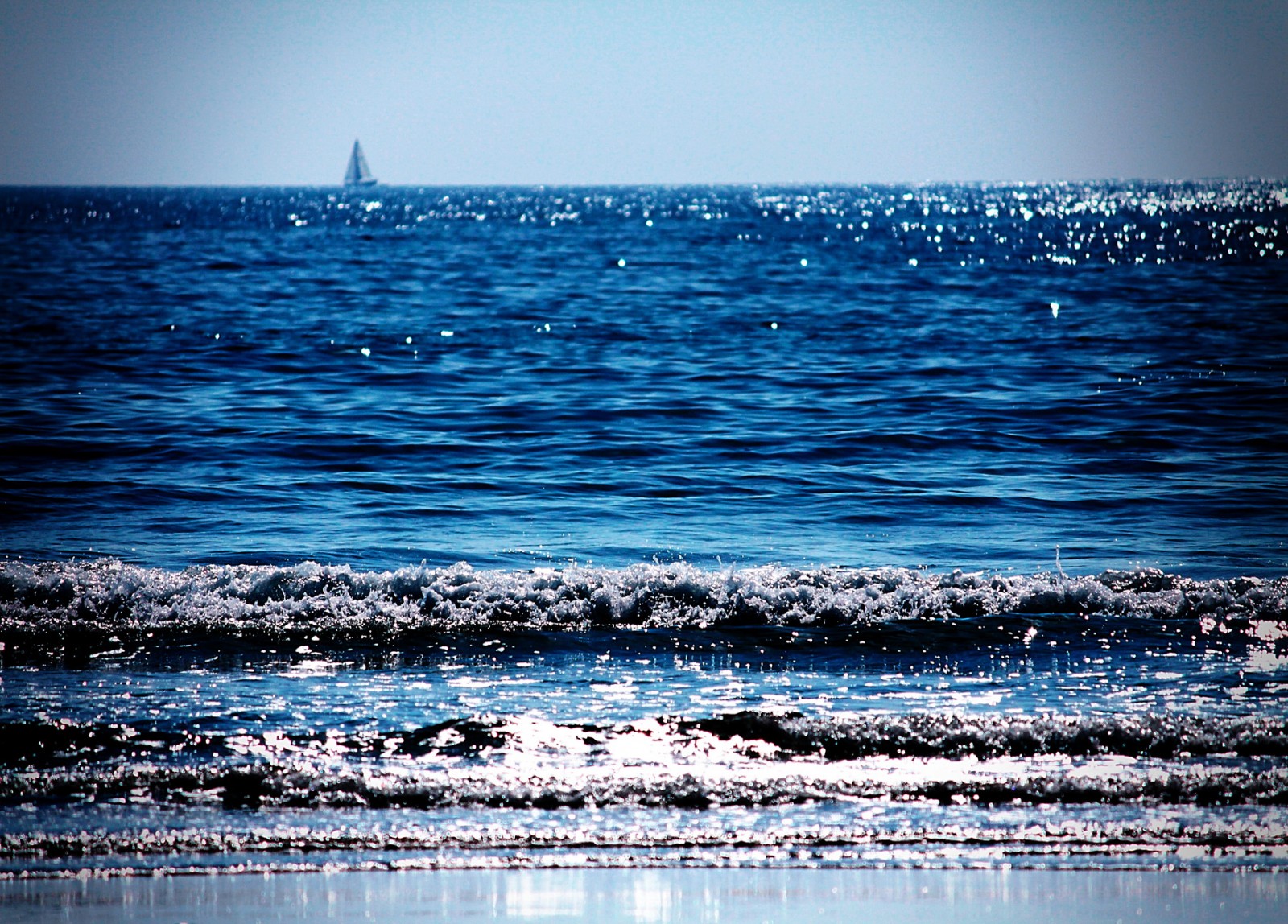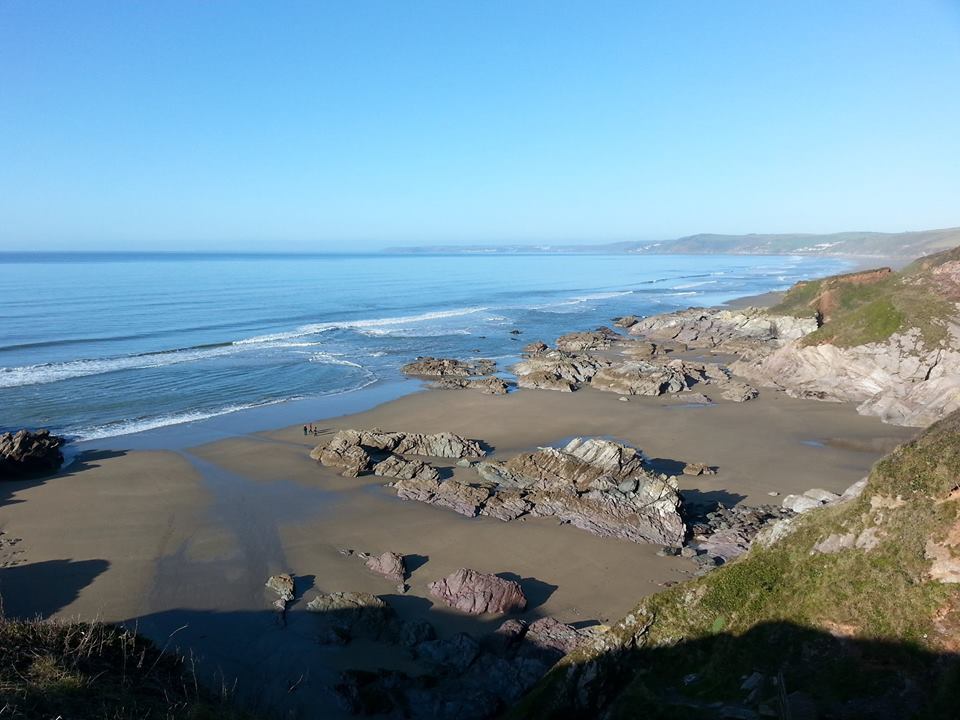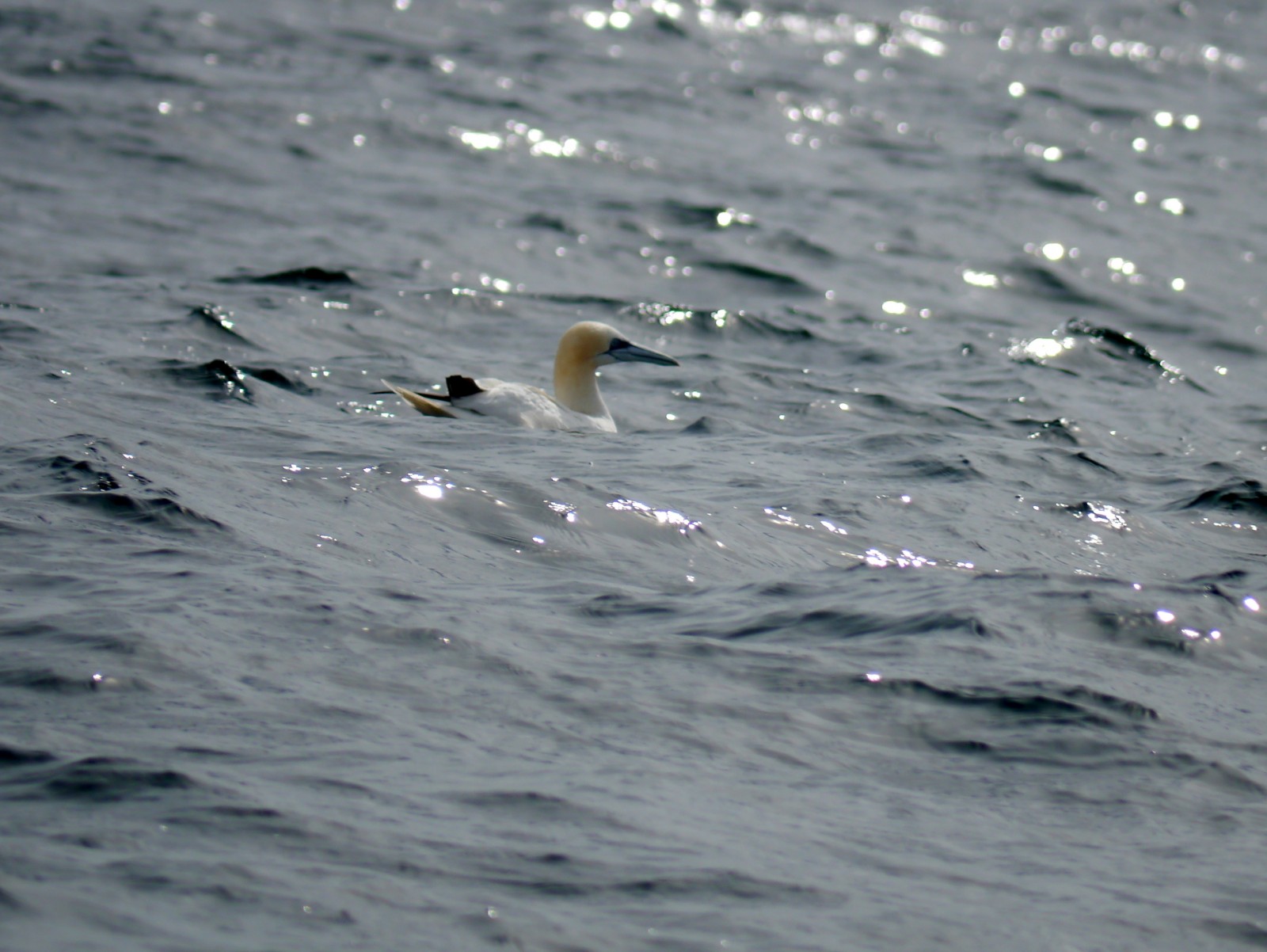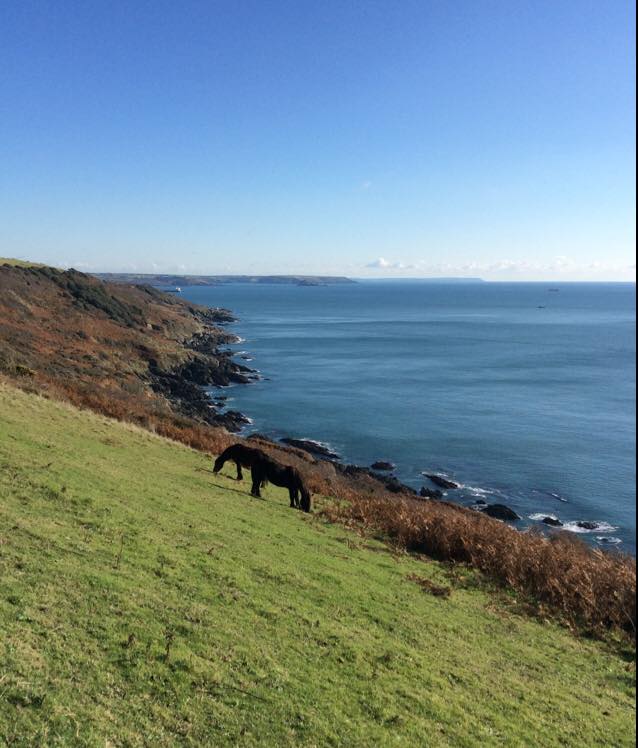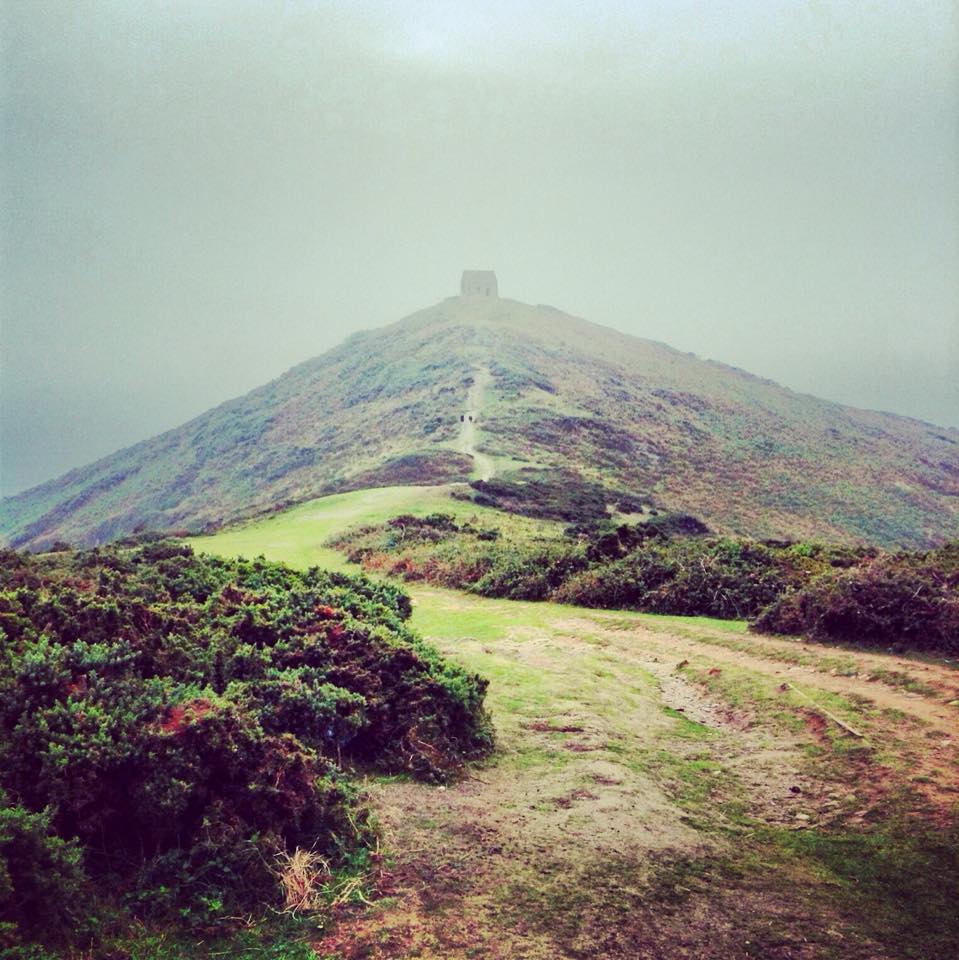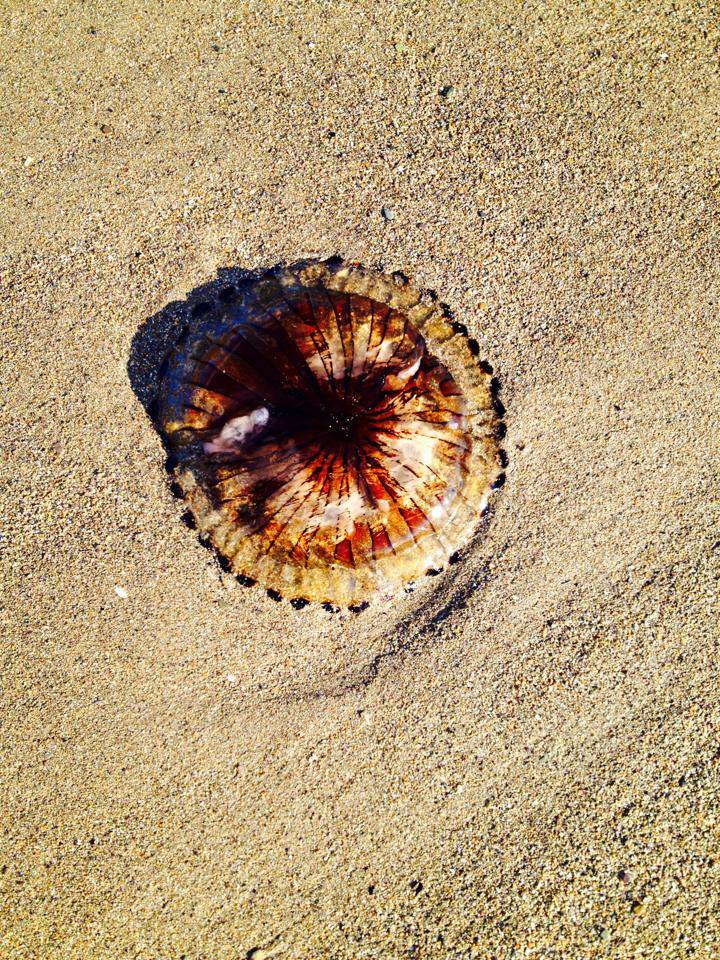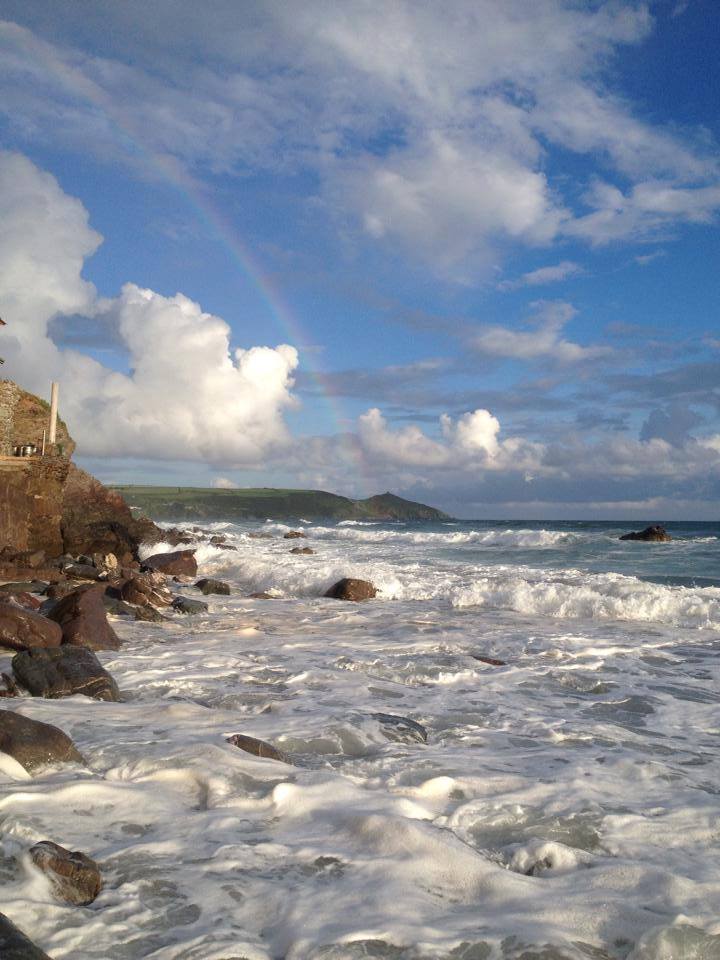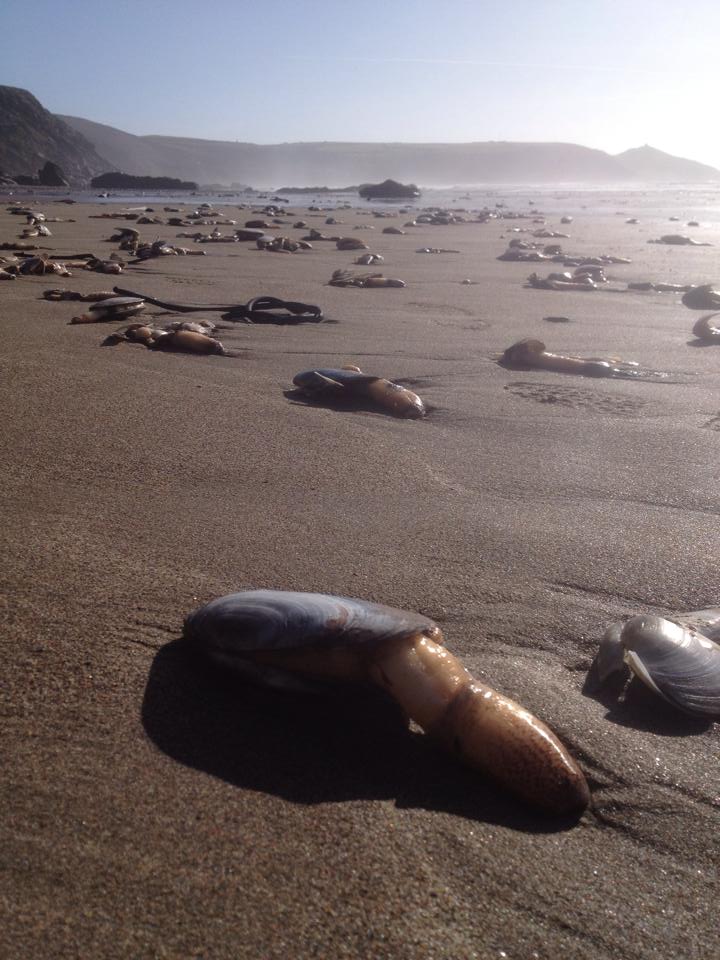Welcome to Whitsand Bay
This video footage shows the huge expanse and beautiful vistas of Whitsand Bay
Marine Conservation Zone
The Whitsand & Looe Bay Marine Conservation Zone protects several habitats and species.
- Pink sea fan, a very slow growing soft coral found on rocky reefs and wrecks. It is easily damaged, especially by bottom-towed fishing gear.
- Sea fan anemone grows on sea fans, and is affected by fishing and pollution. In the UK it has only been found in the South West and in Scotland.
- Ocean quahog, a large mollusc that buries itself in the sand and can live for up to 400 years!
- Stalked jellyfish, a tiny species with eight tentacles that spends its life attached to seaweed or seagrass.
- Eelgrass beds, a rich habitat for many species including cuttlefish, pipefish and seahorses, providing shelter for juvenile fish. Eelgrass is vulnerable to pollution and easily damaged by anchoring.
All rock-dwelling species are protected in the MCZ, as well as the coarse sediment where fish lay their eggs, and subtidal sand – home to buried bivalves such as clams, which are an important food source for commercial fish species.
The very rare giant goby has also been found in Whitsand Bay, as have seahorses.
Rame Head and Whitsand Bay Site of Special Scientific Interest
Large parts of the cliff are protected because they shelter some very rare plants. Polhawn Cove is of crucial importance to the world population of shore dock. Other protected species include slender bird’s foot trefoil and early meadowgrass.
The Dartmouth grit and slate cliffs, dating back 400 million years, are also protected, and have yielded some important marine fossils.
Life on the cliff face
Look up and you will often see kestrels and buzzards, searching for prey. You may even spot a peregrine falcon. The cliffs are also home to the rare Dartford warbler.
Wild Dartmoor ponies graze the eastern part of the bay around Rame Head, helping to maintain the natural ecosystem of the cliff faces.
Seabirds such as gulls and fulmars nest on the rocky crags. Also keep an eye out for gannets, catching fish by plunging into the sea like white arrows.
Whitsand’s wrecks
World War II liberty ship the James Eagan Layne, built in New Orleans in 1944, was torpedoed a year later while carrying US Army equipment from Wales to Belgium. She was eventually beached at Whitsand Bay and could not be salvaged, but there were no casualties.
The SS Rosehill, a coal ship, was torpedoed in 1917 while carrying coal from Cardiff to Devonport, and like the other Whitsand wrecks is a popular dive site.
Royal Navy frigate HMS Scylla was sunk by controlled explosion in 2004 to create an artificial reef. It has been the subject of scientific studies as it has become colonised by marine life, now being home to a community of over 270 species.
Jellyfish and weeverfish
Jellyfish are becoming more and more common in summer months as our waters warm, and are sometimes followed by large predators such as leatherback turtles and sunfish.
Most jellyfish stings are not serious, but you should not touch them. The tentacles can still sting even after the creature is dead.
You are unlikely to see a lesser weever fish, as they lie buried under the sand waiting to attack shrimps and other prey. However, you could be stung by the poisonous spine on the fish’s back while swimming. The sting is extremely painful, but not serious. If possible wear wetsuit boots in the water. If stung, contact the RNLI lifeguards. They will place your foot in water as hot as you can bear, which relieves the pain quite quickly.
Basking sharks
In summer, basking sharks, the world’s second largest fish, travel here to feast on plankton.

